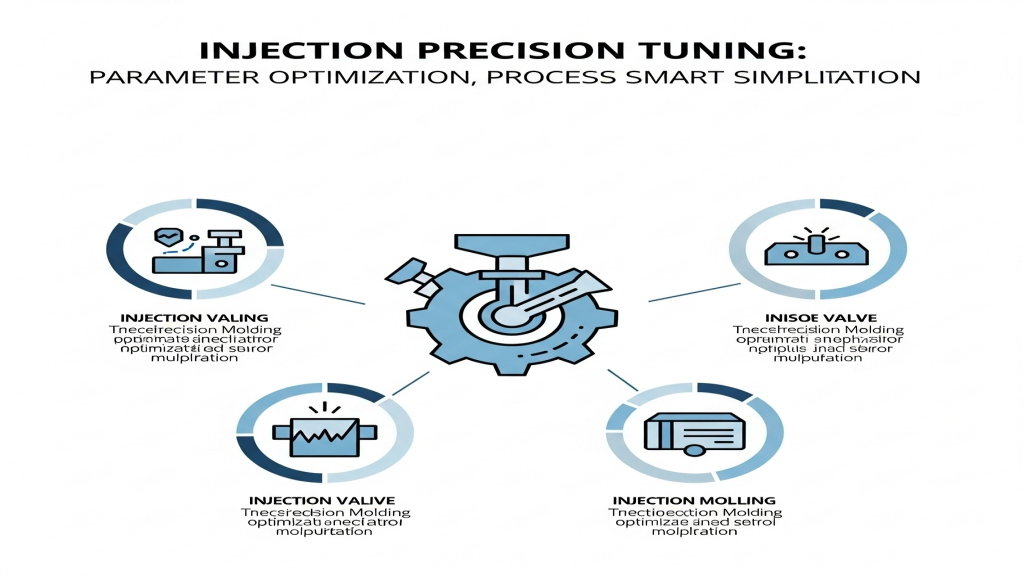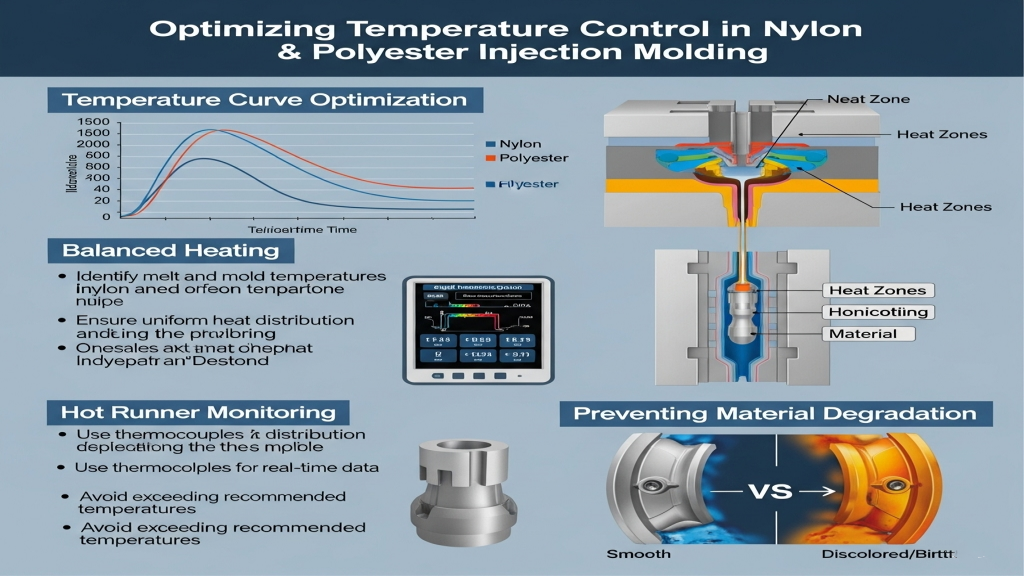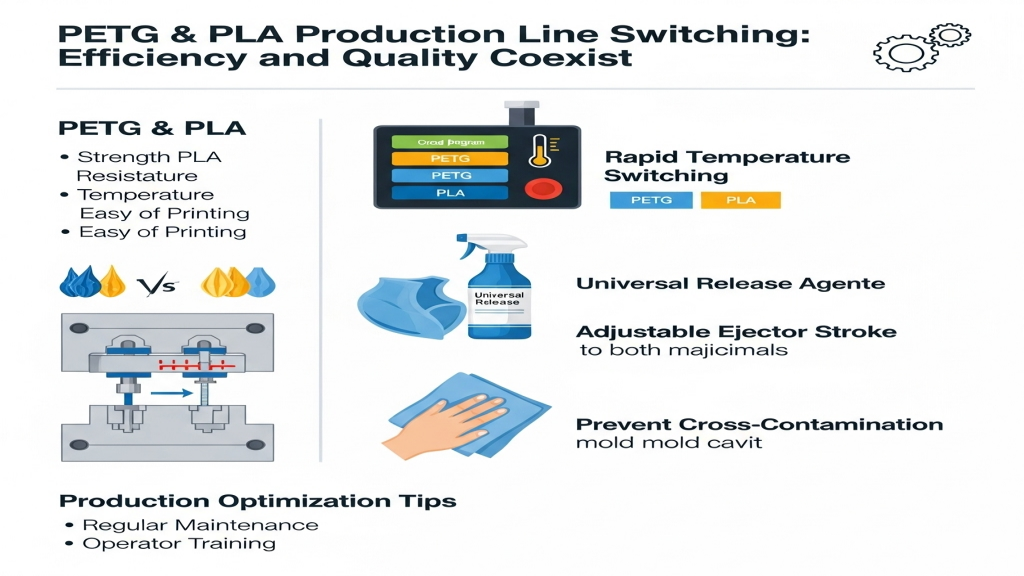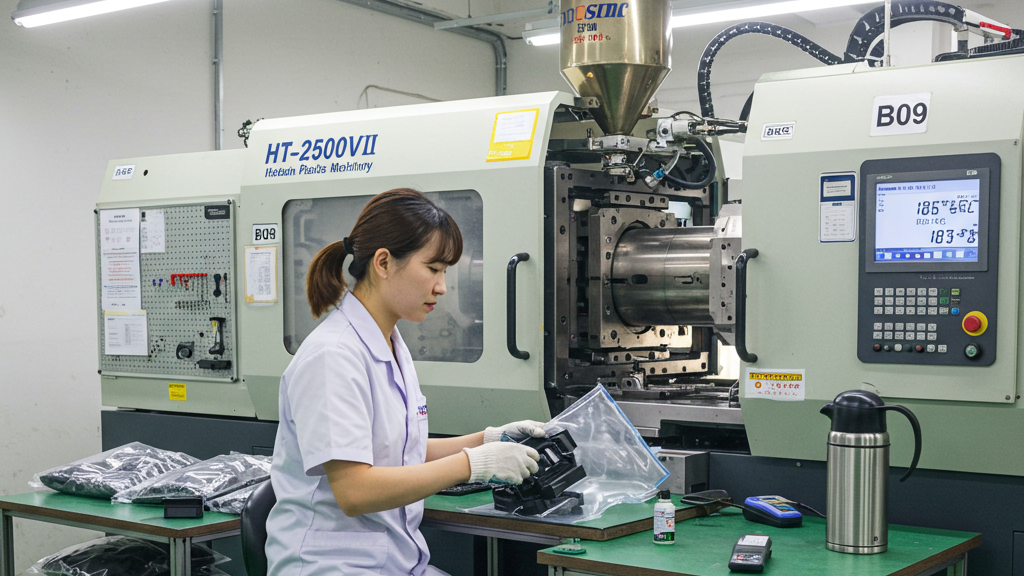
Raw edges in plastic products affect aesthetics and quality, increasing costs. Mold design is a key factor in the generation of flash. After understanding the impact of mold design on burrs, we need to translate theory into practice.
The details of the mold design, such as the parting surface, exhaust system, and material selection, are crucial. Next, we'll analyze these factors and explore how they control flashes.
How does the parting surface affect the flash?
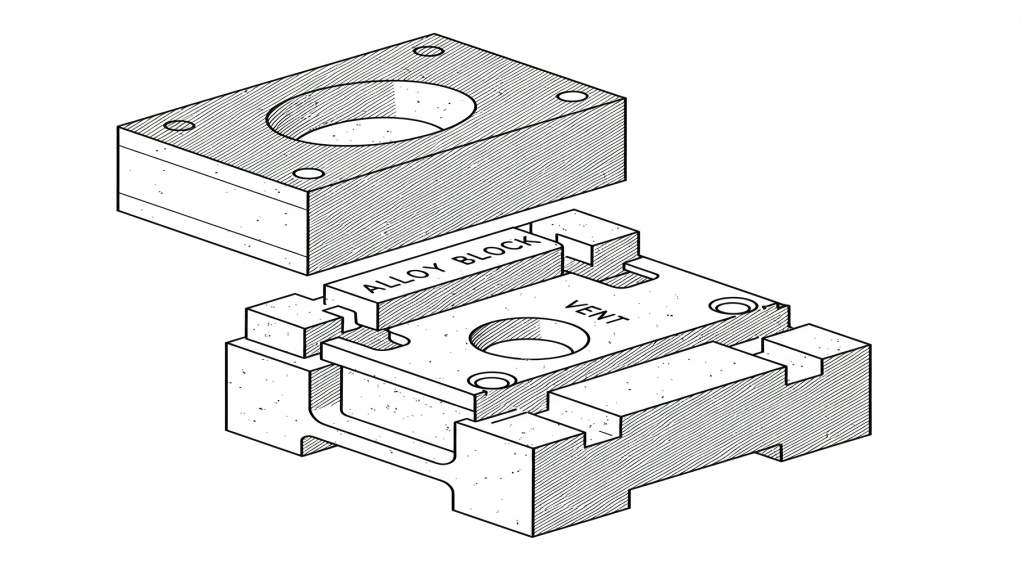
The parting surface is an important part of the mold, and its design directly affects the appearance quality and production efficiency of the product. By optimizing the parting surface design, improving the machining accuracy and strengthening the mold maintenance, the burrs can be effectively controlled and the product quality can be improved.
- Accuracy and position of parting surface: High-precision and reasonable position of parting surface can effectively avoid leakage of molten plastic and reduce burrs.
- Type of parting surface: Select the appropriate type of parting surface according to the product structure to ensure processing accuracy and reduce the risk of burr.
- Parting surface wear: Wear-resistant materials and regular maintenance can extend the life of the parting surface and reduce the flashes caused by wear.
- Effect of clamping force: Combined with the appropriate clamping force, the parting surface can be completely closed, thus reducing the generation of burrs.
How does the exhaust system reduce flashes?
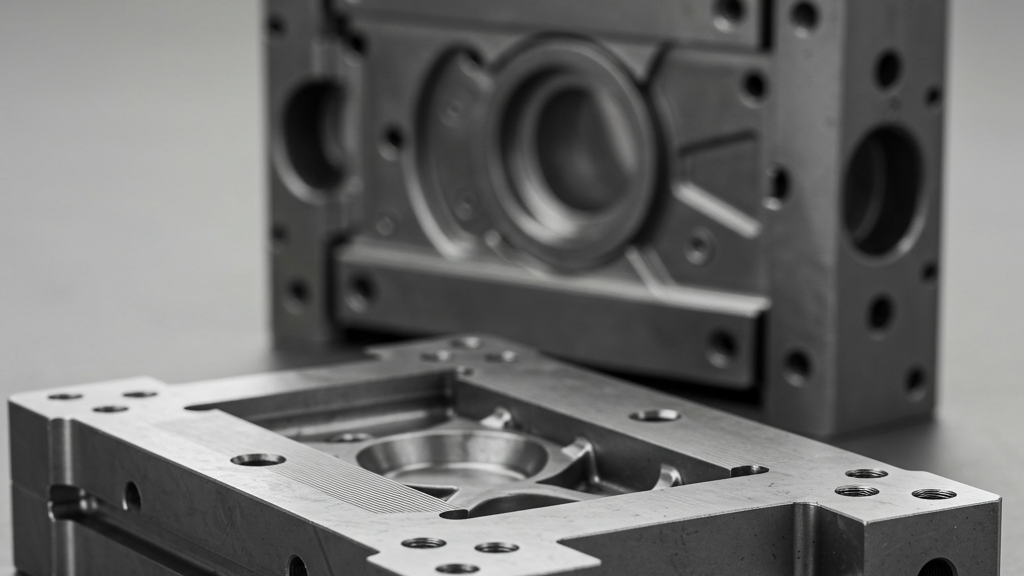
The exhaust system is the "breathing" system of the mold, and the gas in the mold cavity is discharged smoothly to avoid burrs, which is crucial to product quality. Optimizing the design of the exhaust system needs to consider the product structure, materials and processes, and carry out regular maintenance to ensure the life of the mold and the quality of the product.
- Remove the gas in the mold cavity: An effective exhaust system can remove the gas in the mold cavity in time to prevent high pressure from causing burrs.
- Ensure uniform filling of molten plastic: A good exhaust system ensures pressure equalization, so that the molten plastic is evenly filled and flashes are avoided.
- Reduced bubbles and voids: Optimizing the exhaust system reduces bubbles and voids, reducing the likelihood of burrs.
- The design points of the exhaust system: reasonable exhaust holes, slot settings, and material selection are the guarantees for the effective operation of the exhaust system.
How to control burrs with mold materials and machining accuracy?
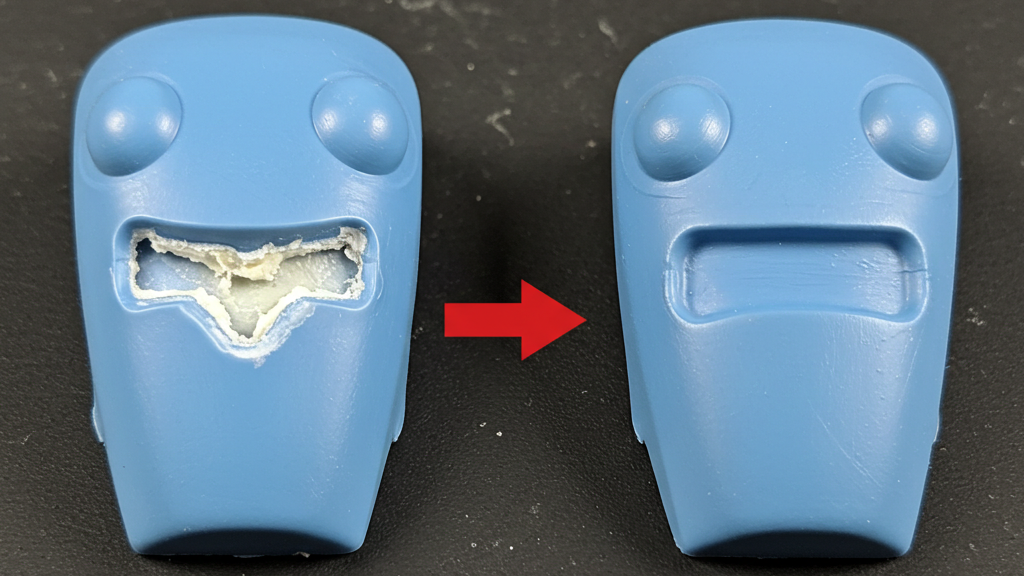
Mold material and machining accuracy are two important factors that control burr, and they interact with each other to jointly affect the performance of the mold and the quality of the product.
- Hardness and wear resistance of the material: The mold material with high hardness and wear resistance can reduce wear and maintain accuracy, thereby reducing flash.
- Stability of the material: The stable mold material can reduce the deformation under high temperature and high pressure, maintain the accuracy, and reduce the burr.
- Machining accuracy of parting surface: high-precision parting surface can ensure tight seams, reduce leakage of molten plastic, and reduce burrs.
- Mold clearance control: Reasonable control of mold clearance can reduce the inflow of molten plastic and reduce the generation of burrs.
Mold design and burr control relationship table
| Mold design factors | Effect on burrs | Control methods |
|---|---|---|
| Parting surfaces | Low precision and improper positioning lead to gaps and burrs | Improve the machining accuracy, reasonably design the type of parting surface, maintain regularly, and cooperate with the appropriate clamping force |
| Exhaust system | Poor exhaust leads to uneven pressure, gas retention, and burrs | Optimize the design of exhaust holes and slots, and select breathable materials to ensure smooth gas discharge |
| Mold material | Lack of hardness and wear resistance leads to wear, deformation, and burrs | Choose materials with high hardness, wear resistance, and good stability, such as alloy steel, and apply appropriate heat treatment |
| Machining accuracy | Low machining accuracy leads to excessive gaps and gaps on the parting surface, resulting in burrs | Improve machining accuracy, control mold clearance, and improve surface finish |
The effect of burr on the product
Flashing is a common defect in injection molded products, which not only affects the aesthetics of the product, but can also negatively affect the performance and longevity of the product.
1.Appearance quality and market competitiveness: burr reduces the aesthetics of the product and weakens the market competitiveness.
2.Assembly accuracy and product performance: Burrs affect assembly accuracy and product performance, and even lead to failure.
3.Safety hazards and health safety: burrs increase safety risks, easy to hide dirt and dirt, and affect health and safety.
4.Dimensional accuracy and sealing performance: burrs affect dimensional accuracy, destroy the sealing structure, and lead to leakage.
conclusion
Flashing is a common defect in injection molded products and is closely related to mold design. Parting surface, exhaust, material, processing, pouring, temperature and parameters all affect the generation of flash. Effective control of burrs requires optimized design, precise control of the process, and strengthening of mold maintenance.
For expert assistance in implementing for your production needs, visit our resource center or contact us. Let’s help you scale up your manufacturing with precision and efficiency!

